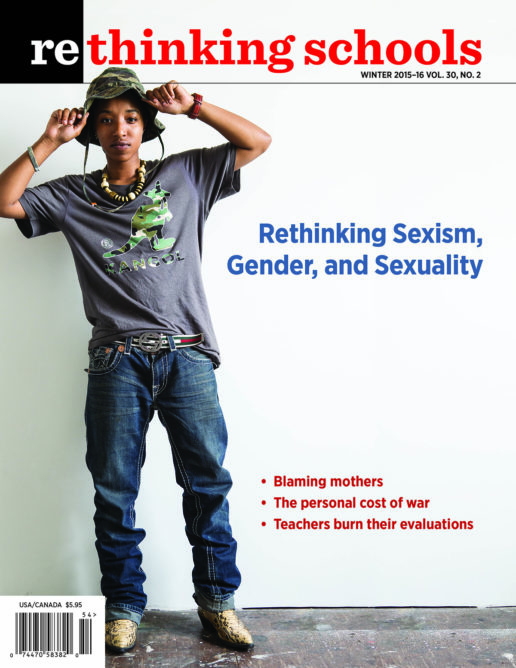Preview of Article:
Who Made the New Deal? Part II
A role play explores the impact of popular movements on FDR’s policies
Most historians, and many textbooks, divide the New Deal into two phases: the first New Deal, the flurry of legislation during Franklin D. Roosevelt’s first 100 days, and the second New Deal, the more sweeping and long-lasting legislation passed in 1935. They describe this as an era when the government experimented with new and different programs aimed at the same goal: economic recovery. In Roosevelt’s words: “It is common sense to take a method and try it. If it fails, admit it frankly and try another. But above all, try something.”1
Unfortunately, mainstream histories ignore the social forces pressing for more radical New Deal legislation and fail to explain how the dynamics of power shifted in response to a growing struggle from below.
After exploring the causes of the Great Depression (see “Part I: What Caused the Great Depression?” fall 2015), my 10th-grade U.S. History class at Madison High School in Portland, Oregon, read about the emergence throughout the country of Unemployed Councils. These councils instigated mass protests demanding jobless relief and used direct action to help tens of thousands of people facing foreclosure move back into their homes. We also read about the Bonus Army’s 1932 occupation of Washington, D.C. This encampment of World War I veterans and their families—at its peak, more than 20,000 strong—demanded payment of the bonus promised to soldiers who fought in the Great War. Together, these stories make a compelling case that the decisive blow ending the Hoover presidency was not Roosevelt’s charismatic speeches on the campaign trail, but the militant actions of ordinary people whose lives were devastated by the crisis. The Federal Emergency Relief Act (FERA), one of the first major laws of the New Deal, which allocated $3 billion for unemployment relief, didn’t spring from the social conscience of Roosevelt, who as late as 1934 called relief “repugnant to American ideals of self-reliance.” Instead, it was the result of pressure from these on-the-ground movements.2
In fact, Roosevelt’s election in 1932 and the legislation that followed did not signal an immediate victory for workers and the poor. Roosevelt differed from Hoover primarily in his willingness to consider greater government intervention into the private market in order to save capitalism. He told his wealthy critics that he was “the best friend the profit system ever had.”3

